Meet the course manager: Ian Beech
Related Articles
Ian works at Newcastle-under-Lyme Golf Club – and has been there since 1980. Here he talks about his career, replacing bunkers with grass bunkers, the challenge of managing a course during Covid-19 and why he is investing in all-electric course machinery.
Founded in 1908, Newcastle-under-Lyme Golf Club in Staffordshire is an 18-hole parkland golf course.
We speak to its course manager, Ian Beech, about what he has learnt in an incredible 40 years at the venue, and the challenges of being a course manager during a pandemic.

Please can you detail your path to greenkeeping and how long you have now been at Newcastle-under-Lyme Golf Club?
I started work at Newcastle-under-Lyme Golf Club in July 1980 on a youth training scheme. Being a keen golfer and enjoying working outdoors I soon realised that greenkeepers didn’t just cut grass. The club encouraged me to go to Reaseheath College, which was classed as one of the best in the UK. It took three years to gain City and Guilds Level 2 & 3 in turf management. That was the foundation of my career in greenkeeping; I still continue to learn 40 years on by attending BTME Harrogate to find out what’s new.
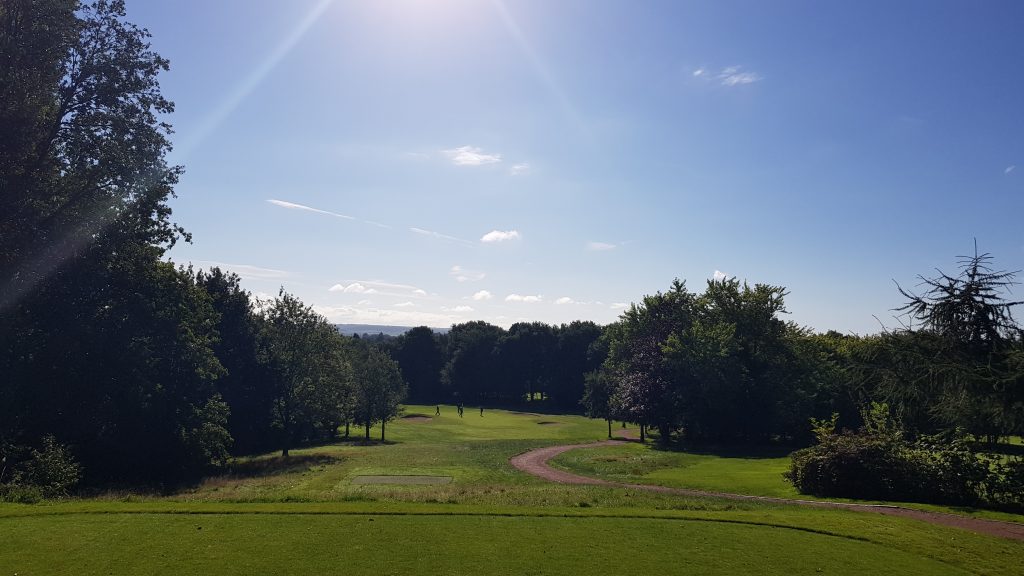
What are the biggest challenges you face in maintaining the course and how have you adapted to these?
The seasons seem to be rolling into one as the climate changes, it shows an even greater need to invest in staff training and equipment.
You and the team have plans to undertake work to the bunkers this year. What exactly will you be doing and how will it impact on the course?
Bunker renovation work is part of our winter programme every year. Play has changed over the years, players are hitting the ball further so it was time to ask if there was a need for some bunker to be there, could we plant trees to make it more testing? Would a grass bunker be better suited and more challenging? This year we’ve had the lockdown and Covid-19 still continues to dominate our way of maintenance of the course, so we plan on removing four more bunkers and replacing them with grass bunkers and hollows. Along with this as part of our programme we plan on upgrading drainage and installing a bunker liner in sand bunkers that will remain.
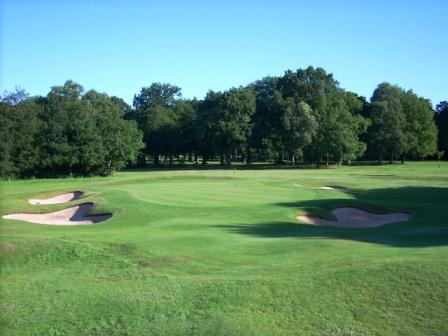
You mentioned the members delivered a good deal of support following the Covid lockdown and the club’s reopening. What did they do and how has this helped you and the team?
It was fantastic to see members along with their family bubbles wanting to help out, the ones local to the club walked to the club with their tools and got to work on the bunkers, this included weeding, trimming and raking the sand ready for opening. Others wanting to help bought their own buckets as we mixed some rootzone and seed so that they could fill divots on the fairways left from winter play. This was a fantastic help and proved that our members at Newcastle-under-Lyme Golf Club are caring.
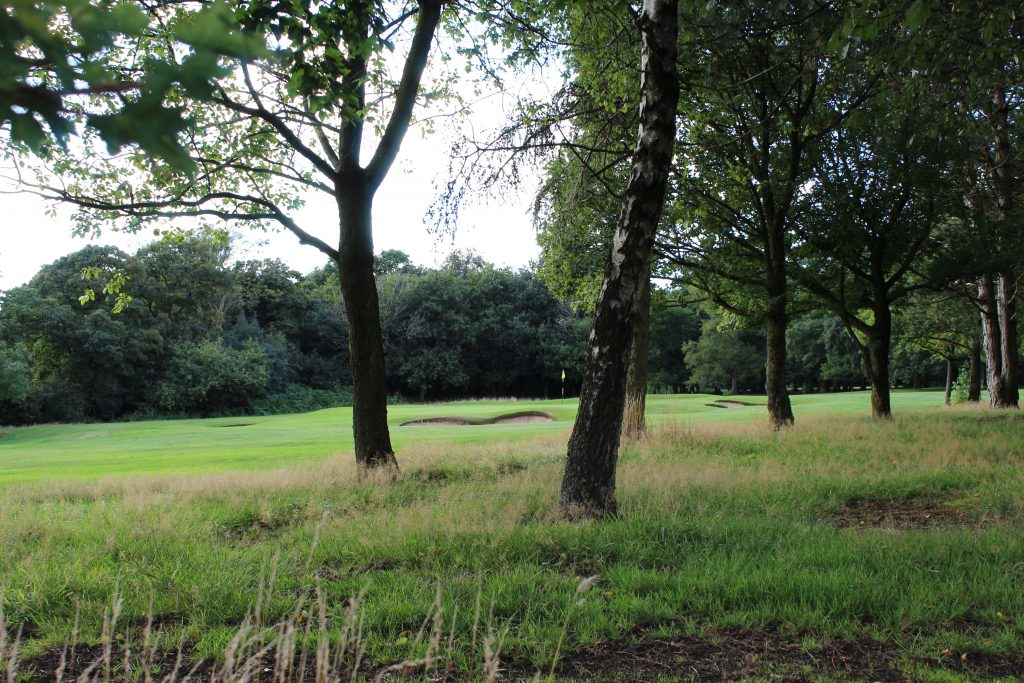
You got the bug for Toro’s eTriFlex 3370 all-electric ride-on greensmower and are the first course in the UK to have one. How was your interest initially sparked?
I was part of a group of turf professionals who went to Toro’s headquarters in Minneapolis. I was amazed at what went on behind the scenes to develop new equipment. It was there when I got to see the idea.
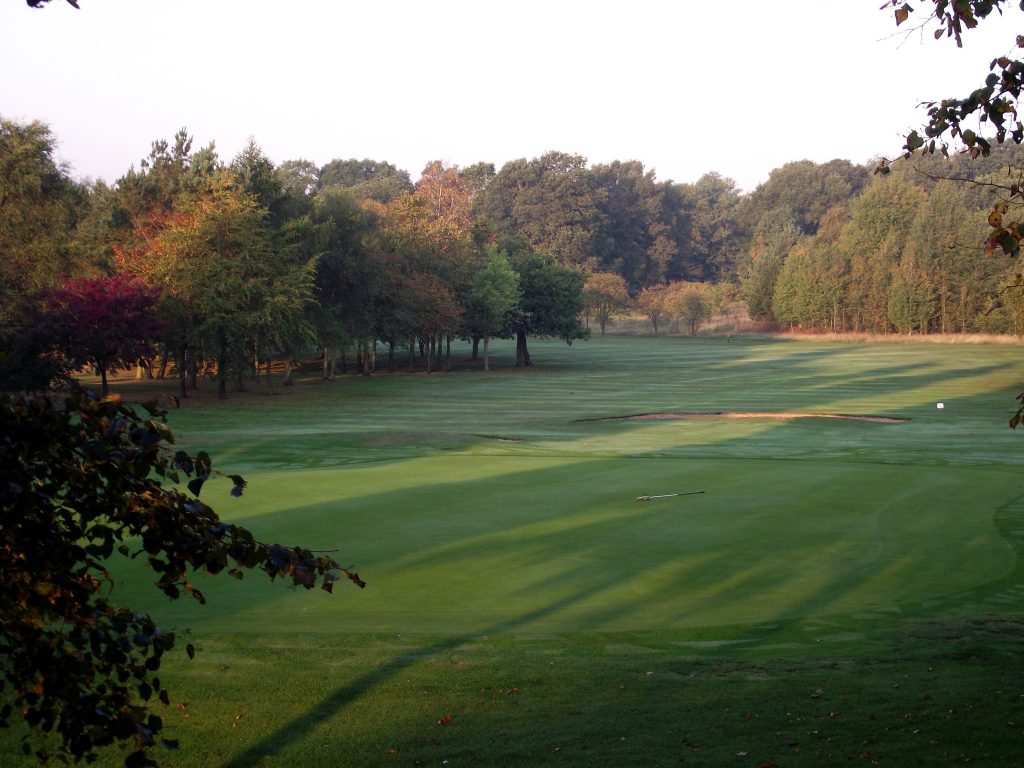
What is it that particularly appealed to you about the eTriFlex technology and Toro product?
Green energy, no hydraulic oil, no noise. At last you can enjoy your surroundings without ear defenders. It allows me to adjust reel speeds’ turning speeds and is comfortable to operate
How does this all–electric game changing mower meet the challenges of the undulations on the greens and what have you found the benefits to the operator and to the environment to be?
With precision cutting and adopting the proven floating cutting units that float freely over our undulating greens, Toro have really upped their game. In my mind this is the best piece of equipment I have ever purchased for the club.
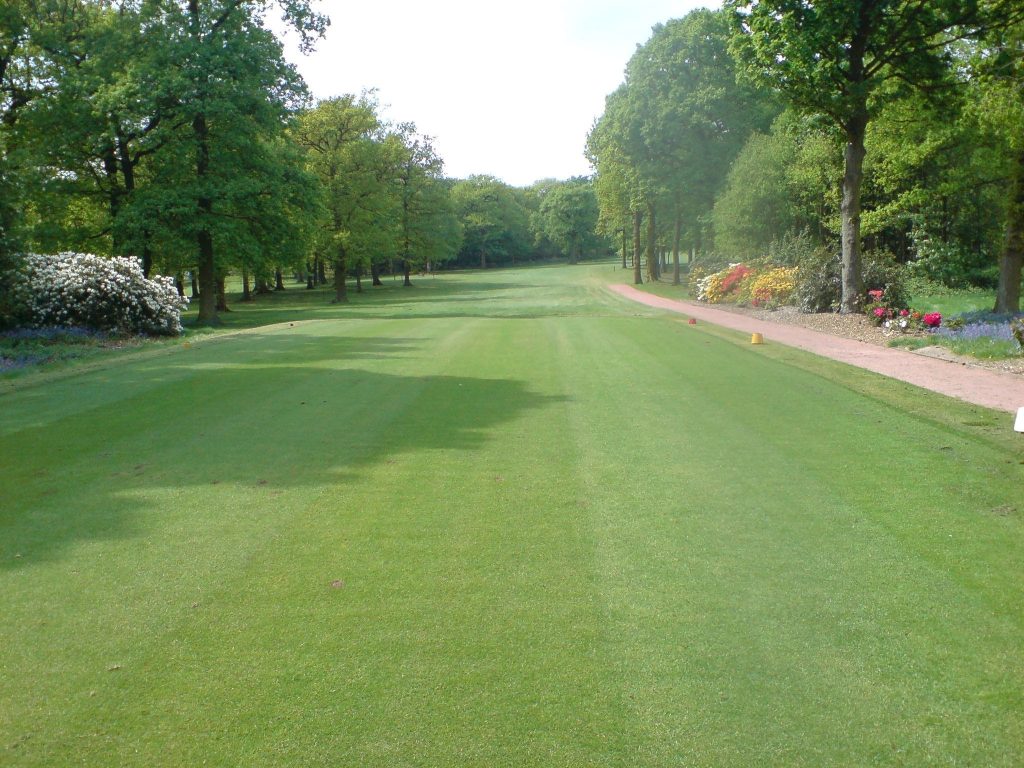
The course’s greens are considered the best in the area for consistency. What seed cultivars and mixes are you using for them and across other areas of the course and for what reasons?
I was fortunate to go on a site visit to Germinal’s laboratories in Aberystwyth, Wales where, in my opinion, they have developed some of the best cultivars for golf courses. For the greens we use Germinal bent seed mix, Aberregal, Aberroyal, 007 DSB creeping and Musket Browntop. Rigby Taylor R9 ultra fine rye is used on tees and fairway divots.
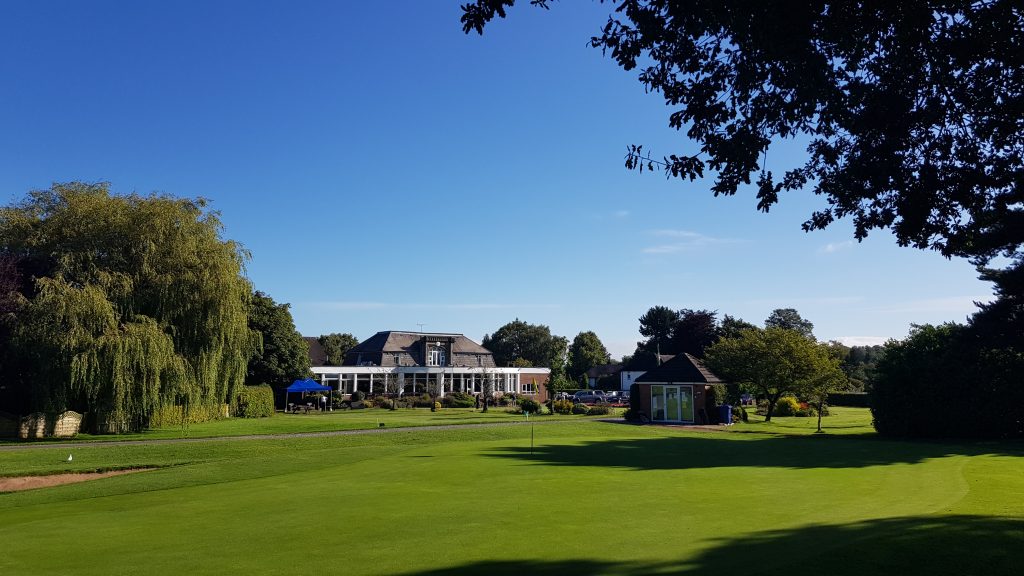
What is your approach to aeration, how do you determine what the course needs, what programs do you run and methods do you use?
Aeration! Aeration! Aeration! The first three words taught at college. Deep tine autumn and winter with the Verti-drain and Toro ProCore, and throughout the playing season with the Toro ProCore and Dyna core. Inject air with Air2g2 especially in the spring as we have clay push up greens and, as we know, clay holds moisture, moisture takes longer to warm up than air, so if we inject the air the profile will in theory should warm up quicker to give us an earlier growing season.
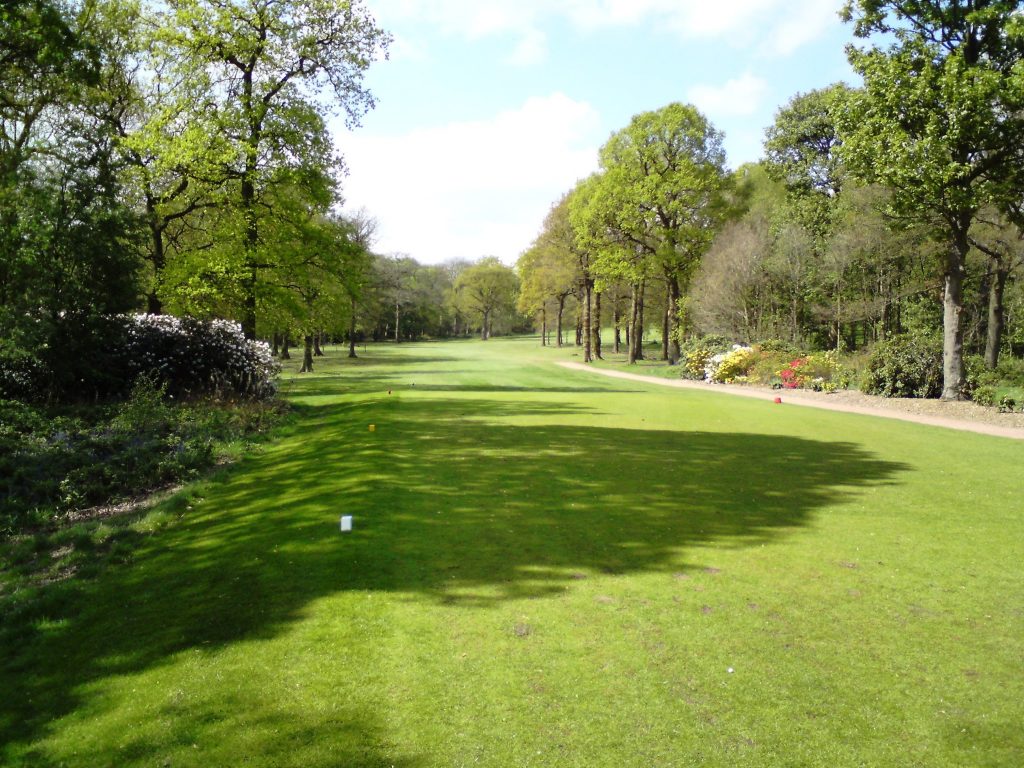
What height of cut do you use across the course?
Greens: 4mm summer, 4.5mm winter; tees 9mm; surrounds 12mm.
What do you think are the strengths that have carried you through your career and how do you intend to keep the course evolving?
Knowing the tools of our trade: ‘The sward and the materials we use to maintain it’. Keeping up to date with technology and always having a forward plan to take you to the next level.
Drainage presents challenges to many course managers. What drainage issues does the course suffer and which areas of the course in particular are presenting challenges to you at present and how do you look to remedy these?
The course drains really well considering some of the drains are over 100 years old. Having said that the main problems we’ve had are tree roots searching for water especially following the recent dry summers.
We are installing new drainage lines through one of our greens this winter and improving drainage around the greens over the next few years. As the greens are dryer, the attention has moved to the walk-on areas.
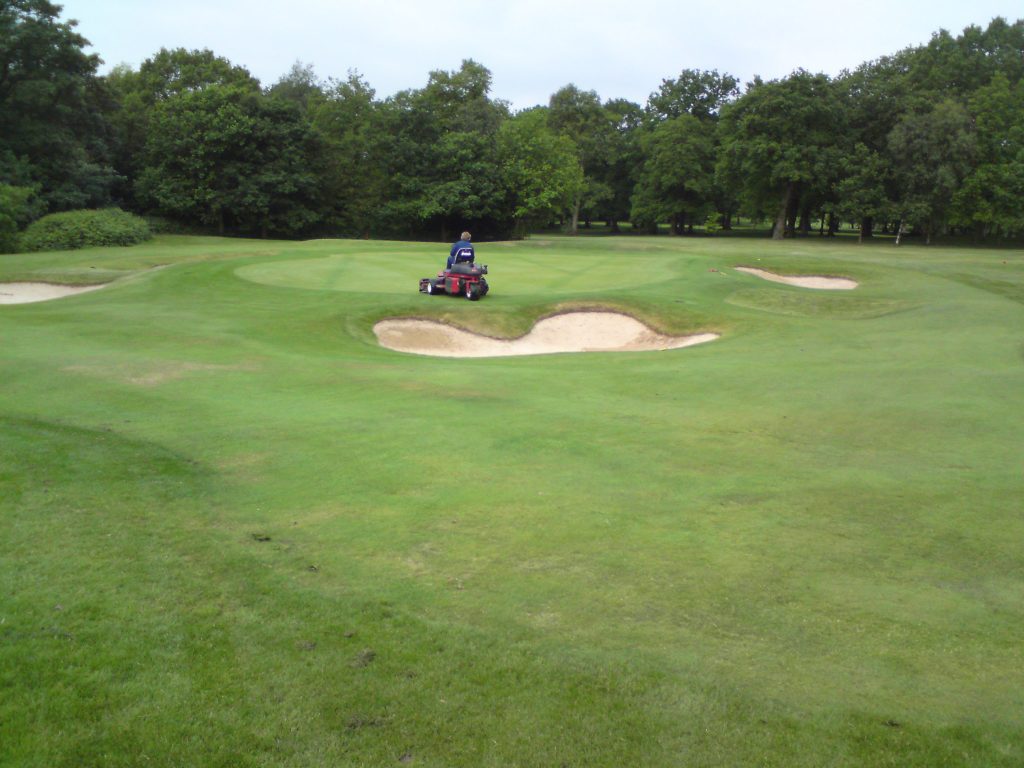
The course has an oakland plantation (hands wood). What tree management programme is in place and what are the challenges the woodland presents?
We have a tree preservation order on the wood holes, this is covered by a woodland management programme. Besides planting new stock we are keen to encourage wildlife in that area. Recently we’ve purchased owl boxes from Staffordshire Wildlife Trust and one of our greenkeeping team, Paul, has made a number of bat boxes and bug hotels from pallet wood and materials collected from around the course. One large oak severely damaged in a storm under normal circumstances would have been removed completely; we managed to leave it in the ground and make a totem pole, this is visited by woodpeckers and other nesting birds.
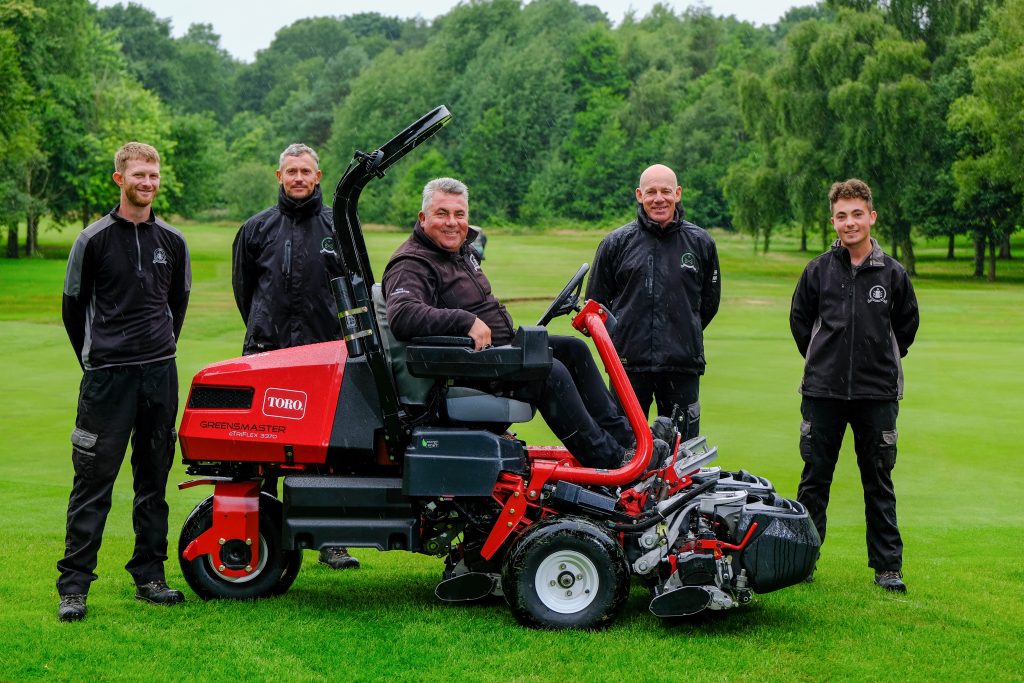
You see training and education as an essential part of an individual’s evolution and development. Please can you explain the value of the Continue to Learn programme and the importance of investing in yourself and what it can enable you to achieve?
If you stop learning you stand still. The greatest resource the club has is its staff, all staff at Newcastle attend BTME and are encouraged to develop their skills through attending courses and seminars. Work based training is vital if high standards are to be achieved.
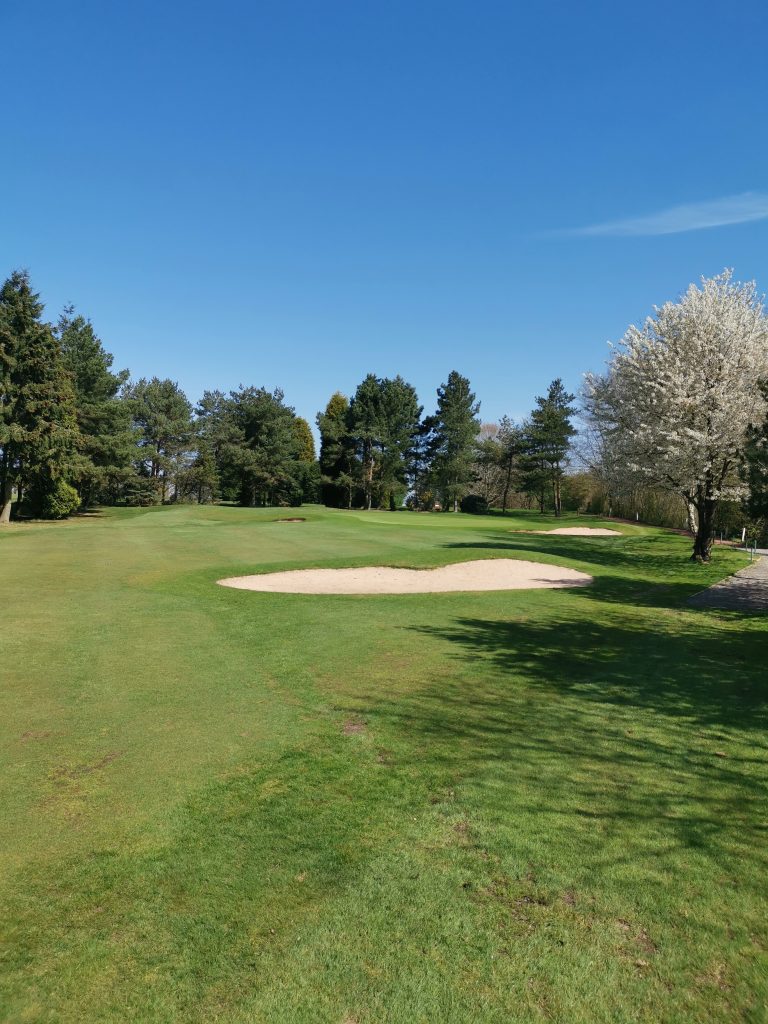
What currently gives you the greatest satisfaction from your job, how do you feel daily when you are moving around the course viewing what you and the team have accomplished and what do you feel are your biggest achievements to date?
Over the last 40 years I have achieved such a lot with the help of others, from green, tee, bunker construction to designing a new building for equipment and a staff rest room achieved by communicating with others in our industry. The friendships that I have made on my journey all have to be memorable and as we go through this Covid pandemic I have to say I have the best office window anyone could wish for.
What are the most memorable things you have been taught in your career and by whom, and with your years of experience, what advice would you give to youngsters starting out and wanting to pursue a career in the profession?
My advice to anyone who is thinking about joining our industry is keep asking questions and keep learning. It doesn’t matter if you make mistakes as long as you learn from them. I gained my qualification at Reaseheath College and was very fortunate to be lectured by Denis Motram, a fantastic guy who encouraged me to do my best, to know the tools of our trade and never stop learning.
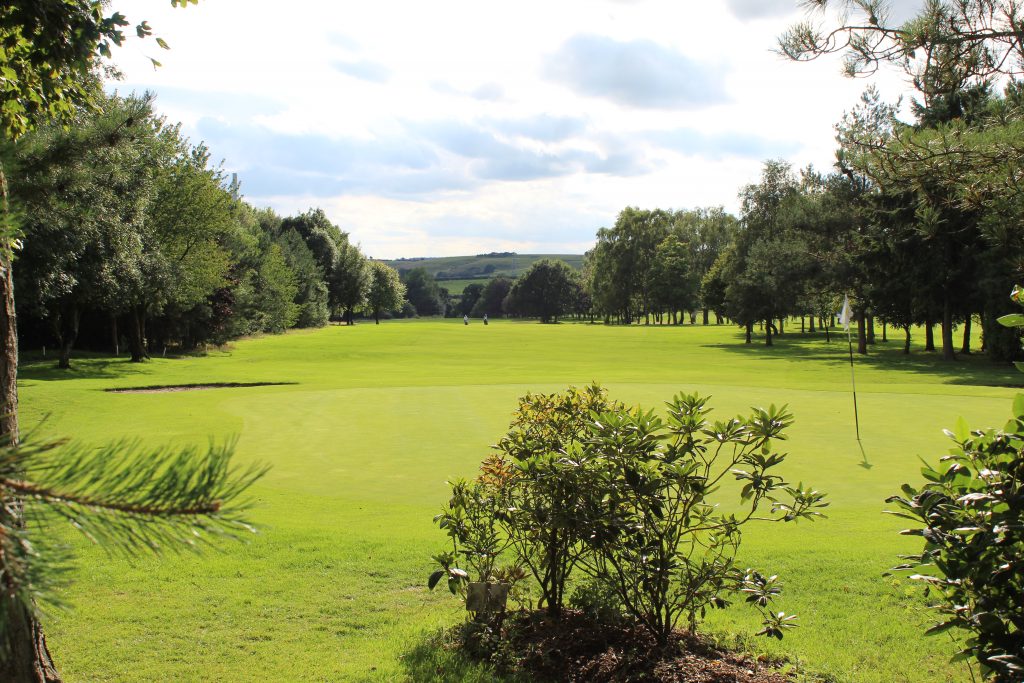
What changes do you think need to be made to benefit the industry sector and profession of the greenkeeper?
The industry needs to keep developing new equipment.

























